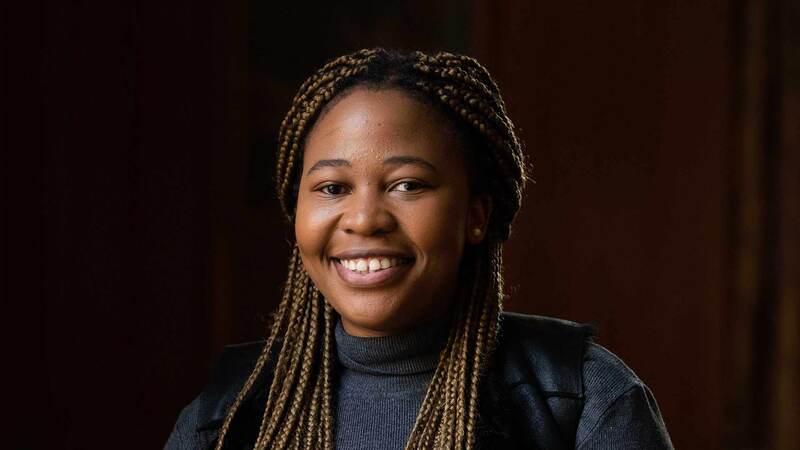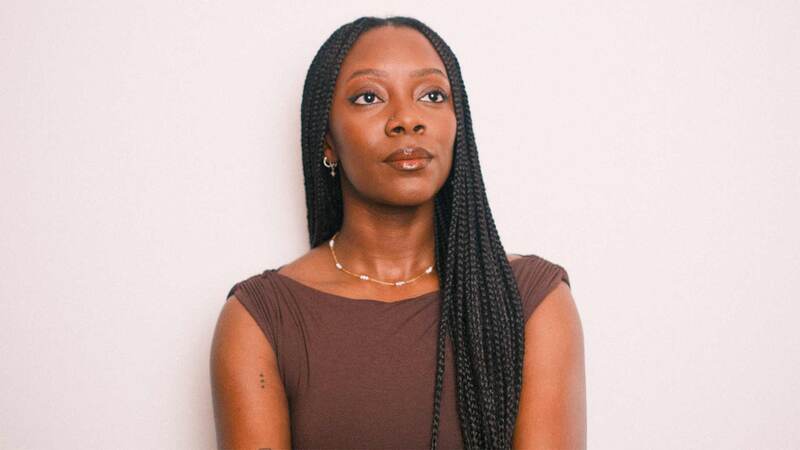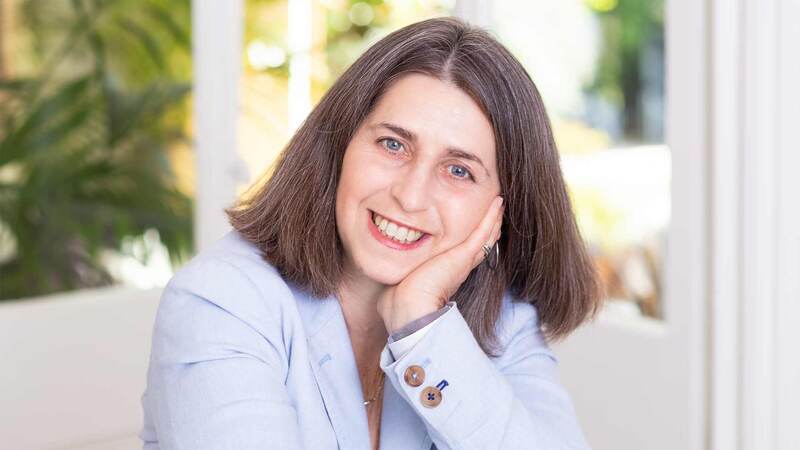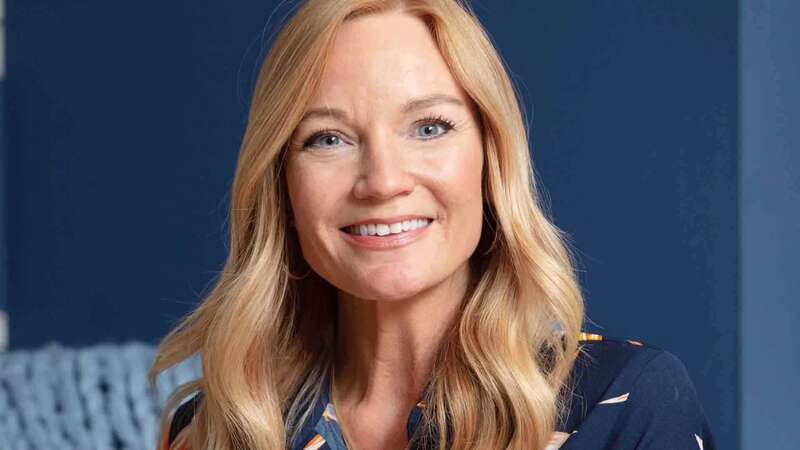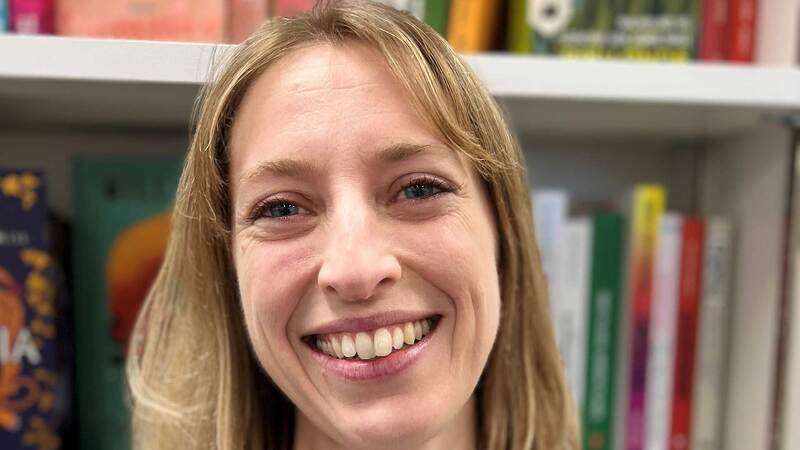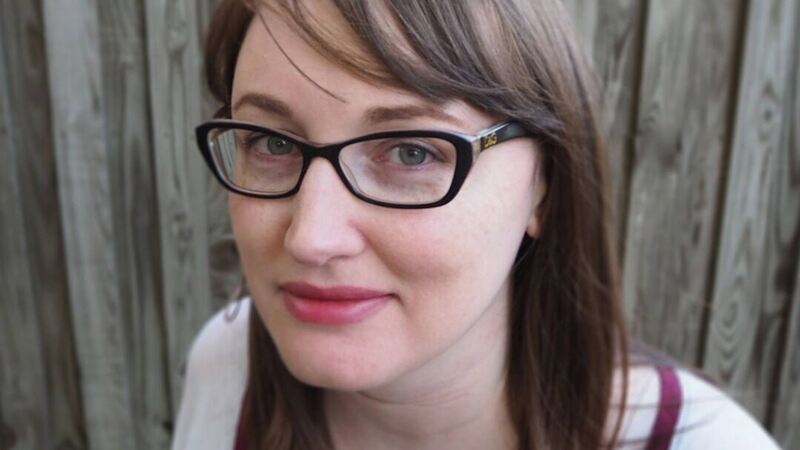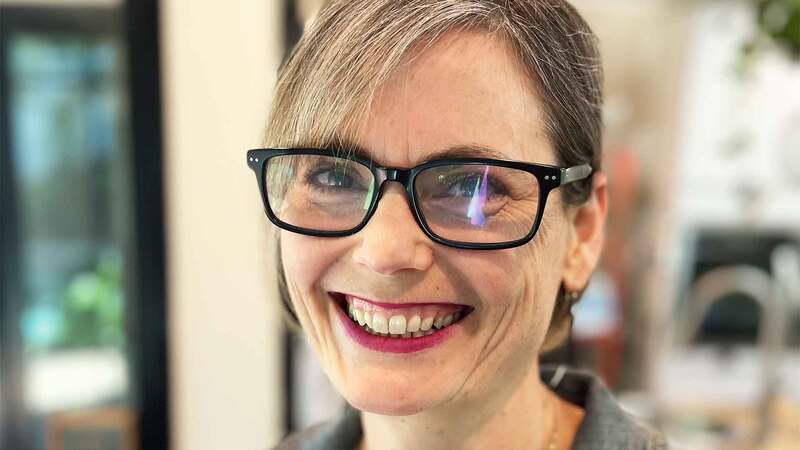You are viewing your 1 free article this month. Login to read more articles.
Macmillan’s median gender pay gap is 34% in favour of women
Macmillan Publishing International Limited has revealed that its median gender pay gap is 34% in favour of women.
However, men earned more in bonuses in 2017, with the company reporting a 57% mean gender bonus gap.
The organisation, which consists of Pan Macmillan, Priddy Books and Macmillan Distribution (MDL) and employs 565 staff members across sites in Swansea, Basingstoke and London, has reported a median gender pay gap of -34% in favour of women, while the mean gap is -2%. These figures outperform the national averages for women's pay - which are weighted 18.4% (median) and 17.4% (mean) in men's favour - by some distance.
The Bookseller has asked for a break out of gender pay gap data specifically for the Pan Macmillan business, but as it has 230 employees, it is not bound by government legislation to report those figures. MDL meanwhile has 290 employees, Priddy Books has 20 staff and MPIL Central has 35.
The gender balance of the business’s executive team is almost equal, comprised of 47% women and 53% men and the report also revealed the proportion of men and women receiving a bonus payment was equal, at 82%.
However, the company had a mean gender bonus gap of 57% in favour of men. It attributed this to an “exceptional one-off bonus” in the reporting year, which was paid in the distribution division where the majority of the team is made up of men. This one-off payment, and the fact that 53% of MPIL's board members are men, affected the mean bonus gap, which the company said it was "aiming to decrease in the future".
The figures were filed ahead of the government deadline on 4th April 2018 for companies with over 250 employees to share gender pay gap data, and were derived from a snapshot of data from 5th April 2017. The median average refers the figure that falls in middle of all employees' salaries from lowest to highest paid, while the mean is calculated by dividing the total wages of a company by its number of staff.
Pan Mac, led by managing director Anthony Forbes Watson, has welcomed the data and said it was "working hard" to be diverse and inclusive. The company has recently introduced enhanced maternity and paternity policies as well as internal and external benchmarking conducted annually, for example.
The report showed that more women than men were employed across every quartile except for the lower one, which the company attributed to the fact that more men work in the distribution part of the business, based in the bottom quartile.
“We are proud to demonstrate that we have no meaningful gender pay gap in either direction; that we do not have an overall gender pay gap is reflective of our commitment to equal pay for equal work,” Forbes Watson said.
“We know that the difference in our business is made by each and every one of us who work at the company and we aim to provide a professional, open and nurturing environment where people have fun, feel motivated and get properly rewarded for what they do.
“We are working hard to be the diverse, inclusive community we aim to be and to provide everyone with equal opportunities.”
He also revealed the company was pleased to have achieved equal representation at executive level but acknowledged there was more to be done, particularly regarding other types of diversity apart from gender.
“We know we have lots more work to do – which includes our commitment to increasing the diversity of our community in its widest sense - and we will continue to strive to lead the industry in this area,” he said.
Rina Gulrajani, head of human resources at Pan Macmillan, said the publisher's gender pay gap results illustrated MPIL was broadly balanced, and she was "confident that men and women are being paid equally for the same role.”
She said the company was proud of its “flexible family friendly policies” and is committed to its inclusive culture, valuing “the diversity of our workforce”.
“When it comes to pay we make remuneration decisions based on skill, experience and job-related criteria, including internal and external benchmarking, which we undertake annually,” he said. “We constantly aim to improve our inclusive culture, continuing to monitor pay between men and women and taking a gender-balanced approach to development, progression and succession planning.”
The report will be publicly available on the government's website from Wednesday (28th March).
Penguin Random House revealed its gender pay gap results, published on Friday (23rd March), showing that women on average earn 1.6% more than men working at the company. When taking into account its distribution business, the Hachette Group has a 1.32% pay gap in women's favour, but this moves to nearly a 25% pay gap in men's favour when stripping out distribution, for Hachette UK Ltd. Meanwhile HarperCollins recorded a 10.4% median gender pay gap. Springer Nature, also owned by Holtzbrinck Publishing Group as is Pan Mac, recorded a 15.12% median pay gap, while earlier Pearson reported one of 15%.






